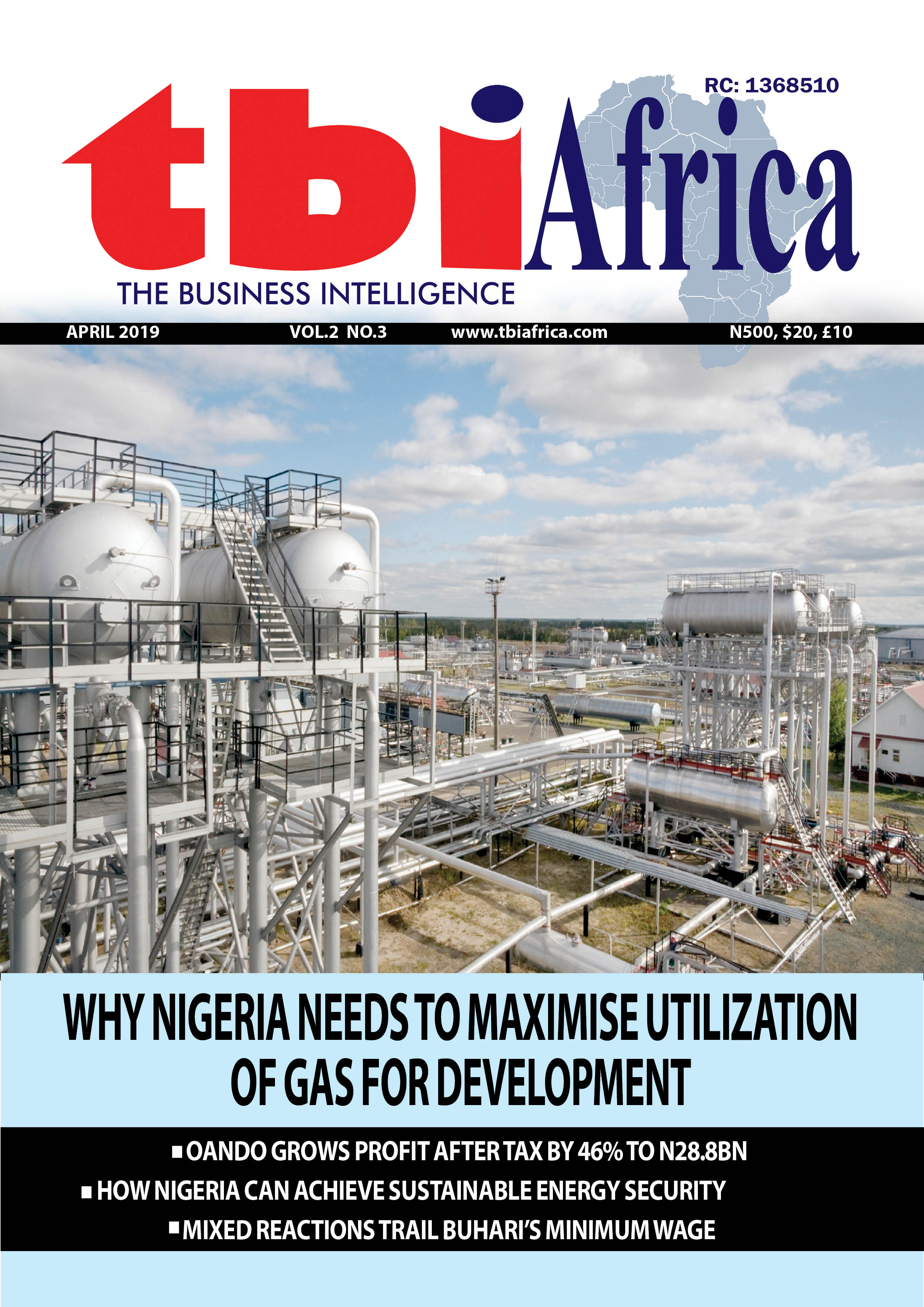Photo caption: Oil facility
U.S. airstrikes on Iranian territory have sharply raised fears of retaliation that could target key oil infrastructure and shipping lanes.
The Strait of Hormuz, a critical oil transit chokepoint, is at the center of concerns over potential supply disruptions.
Oil prices initially spiked but remain volatile as markets closely watch for Iran’s next move and possible escalation.
Global oil markets are bracing for another wild week after the United States launched direct strikes on Iranian territory over the weekend, raising fears of a retaliatory escalation that could threaten vital energy infrastructure and shipping lanes in the Middle East. Prices spiked to their highest levels in five months in early trading on Monday before falling back as markets await the next developments.
Brent crude surged beyond $80 per barrel in early Asian trading on Monday before retreating to $77. Meanwhile, WTI climbed as much as 4.6% to $78.40 before settling back below $74.
Analysts stressed that further price movements would hinge on the nature and timing of Tehran’s response. “A clear red line has been crossed,” said Jorge León, head of geopolitical analysis at energy consultancy Rystad. “In an extreme scenario where Iran responds with direct strikes or targets regional oil infrastructure, oil prices will surge sharply. Even in the absence of immediate retaliation, markets are likely to price in a higher geopolitical risk premium.”
Since Israel’s initial surprise attack on Iran ten days ago, oil prices have already risen approximately 14%, underlining the sensitivity of energy markets to Middle Eastern instability.
The Strait of Hormuz, a critical maritime chokepoint through which about a third of the world’s seaborne oil passes daily, now stands at the center of global concerns. Analysts warn that any disruption to shipping in the narrow waterway could cause oil prices to skyrocket.
Iran has previously threatened to close the strait, although experts believe that completely blocking it would be difficult due to the presence of the U.S. Navy’s Fifth Fleet stationed in Bahrain. “Security officials maintain that it would be difficult for Iran to fully close the Strait of Hormuz for an extended period,” said Helima Croft, a former CIA analyst now with RBC Capital Markets. “That said, Iran does have the capability to target individual tankers and key ports with missiles and mines.”
Such asymmetric attacks could still wreak havoc on global oil supplies and shipping routes. Iran also relies on the strait for its own oil exports to China and other key markets, which complicates the calculus for Tehran.
The exact nature of Iran’s response remains uncertain, but several potential scenarios are under consideration:
Direct Military Strikes: Iran could launch attacks against U.S. military assets in the region.
Proxy Attacks: Tehran’s allies, such as the Houthis in Yemen or Hezbollah, could escalate regional attacks on energy infrastructure or Western shipping.
Targeting Gulf Oil Infrastructure: Iran might choose to hit oilfields or critical energy facilities in Saudi Arabia, Qatar, or the United Arab Emirates, all of which are U.S. allies and major energy exporters.
The U.S. entry into the conflict has introduced a new layer of volatility into the energy markets. “The key question is what comes next,” noted James Bambino and Richard Joswick at S&P Global Commodity Insights. “Will Iran attack U.S. interests directly or through allied militias? Will Iranian crude exports be suspended? Will Iran attack shipping in the Strait of Hormuz?”
The stakes are high not just for the Middle East but for the broader global economy. A prolonged spike in oil prices could reignite inflationary pressures worldwide and potentially dampen economic growth.
Michael Alfaro, chief investment officer at Gallo Partners, noted the delicate balancing act facing the Trump administration: “The Trump administration will likely find it difficult to balance crippling Iran’s nuclear ambitions while avoiding a prolonged spike in crude oil prices, which would elevate inflation and weaken the U.S. economy.”
Gulf countries, keen to avoid further escalation, have repeatedly called for restraint and a return to diplomatic dialogue. Qatar’s foreign ministry issued a statement on Sunday warning that the “dangerous tension” could lead to “catastrophic repercussions,” while Saudi Arabia expressed deep concern over the rapidly evolving situation.
While oil prices may have fallen back due to a lack of immediate response from Iran, the risk premium in oil markets is likely to remain elevated for the foreseeable future.
Iran currently exports around 2 million barrels of oil per day, while approximately 21 million barrels from Iran, Iraq, Kuwait, Saudi Arabia, Qatar, and the United Arab Emirates transit the Strait of Hormuz daily. Even if Iranian exports are disrupted, global inventories and potential increases in OPEC+ production could cushion the blow, provided the shipping lane remains open.
Ultimately, oil markets now find themselves in a precarious holding pattern, with traders and policymakers alike anxiously awaiting Tehran’s next move. The coming days will be pivotal in determining whether the region edges closer to a broader conflict—or whether backchannel diplomacy can prevent further escalation.
=== Oilprice.com ===



